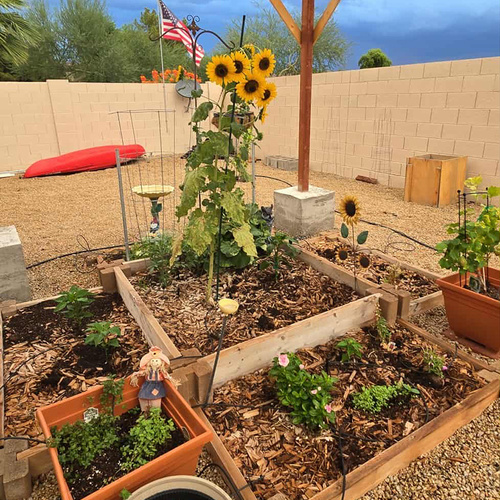
The day your book is published is always an interesting day. It’s very exciting. But it can be nerve-wracking at times, because you’re putting your deepest thoughts out into the world for others to read and judge.
I felt tired most of the day today, and I think it’s probably due to the emotions going on beneath the surface.
So far, reviews and comments have been very positive. I felt refreshed after reading some of them. Knowing that you touched someone else’s life and provided something they found helpful can be heart-opening.
Opening your heart is the theme of this book. It is about the four Buddhist practices called Brahma Viharas. It is called Brahma Vihara even though it is actually just a human practice. The term is usually translated as “divine inhabitant,” but it sounds so lofty that it becomes almost invisible. This can (and has historically been) more accurately described as “The Four Best Ways to Live Life.”
I think that is more realistic and realistic. Practicing the four best ways to live life is a different kind of challenge. It’s a challenge to choose again and again to be here in the best way possible, rather than to take yourself to some other exalted place.
And the best thing we can do here is to be kind and considerate to ourselves and others, to see and appreciate the good in ourselves and others. These are the first three of the four best ways for us to live our lives.
The fourth way is to leave no room in your heart for hatred, contempt, or dismissal. Because our attempts to be kind, considerate, and grateful are bound to fail, at least sometimes. The fourth exercise is to carefully observe what your heart allows to be unkind. It’s about seeing how we refuse to see the nature of others as emotional beings who suffer just like we do and yearn for peace and happiness just like we do.
The fourth of the Brahma Viharas, the word ‘upekka’ is derived from the root meaning ‘to see well’. However, it is usually interpreted as “equanimity”, or emotional balance. And that’s part of it. But not all.
We try to be loving. But then other beings get under our skin and we react to them maliciously. To overcome this, let’s take a closer look. For example, we see that all existence is impermanent. It turns out that they are all caught in a web of conditioning and do not take full responsibility for their actions. It turns out that they all have the potential to awaken. By doing so, we can restore our emotional balance. But we don’t leave things there. From a state of equanimity, we are free again to be kind, compassionate, and grateful.
Anyway, I aimed to make this book very practical. Comprised of 108 short chapters, you can pick it up, read it, ponder it, and practice it. And repeat it.
If any of this sounds even remotely interesting, this book is a no-brainer. Below are some links.
I hope this helps.





